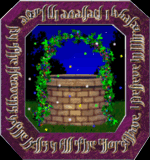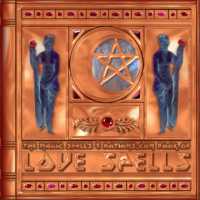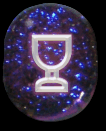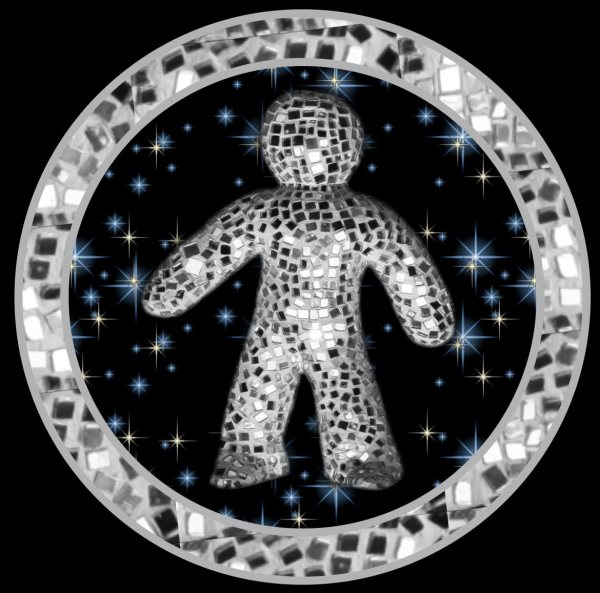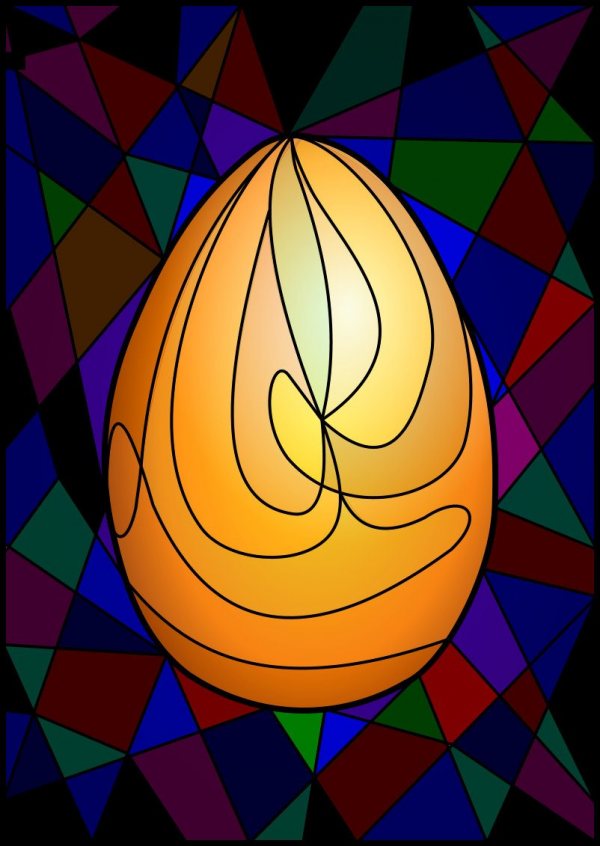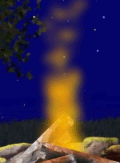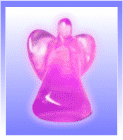Mistletoe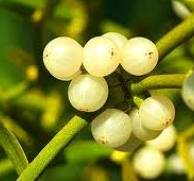
The Mistletoe, which we all associate so happily with the festivities of Christmas, is an evergreen parasite, growing on the branches of deciduous trees, and penetrating with simple roots through the bark into the wood.
Added Sep 19, 2010
| 6,090 Reads
It belongs to the Loranthaceoe, and has the botanical name of Viscum, or "sticky," because of its glutinous juices. The Mistletoe contains mucilage, sugar, a fixed oil, resin, an odorous principle, some tannin, and various salts. Its most interesting constituent is the "viscin," or bird glue, which is mainly developed by fermentation, and becomes a yellowish, sticky, resinous mass, such as can be used with success as a bird-lime. The dried young twigs, and the leaves, are chiefly the medicinal parts, though young children have been attacked with convulsions after eating freely of the berries. The name (in Anglo-Saxon, Mistiltan) is derived, says Dr. Prior, from mistil, "different," and tan, "a twig," because so unlike the tree it grows upon; or, perhaps, mist may refer to excrement, and the adjective, viscum, bear some collateral reference to viscera, "entrails." Probably our viscum plant differs from that of the Latin writers in their accounts of the Druids, which would be the Loranthus growing on the Quercus pubescens (an oak indigenous to the south of France). They knew it by a name answering to "all-heal." It is of a larger and thicker sort than our common Mistletoe, which, however, possesses the same virtues in a lesser degree. The Germans call the plant Vogellein, and the French Gui, which is probably Celtic. The plant is given powdered, or as an infusion, or made into a tincture with spirit of wine. From ten to sixty grains of the powder may be taken for a dose, or a decoction may be made by boiling two ounces of the bruised plant with half-a-pint of water, and giving one tablespoonful for a dose several times in the day; or from five to ten drops of the tincture (which is prepared almost exclusively by the homoeopathic chemists) are a dose, with one or two tablespoonfuls of cold water. Sir John Colebatch published in 1720 a pamphlet, on The Treatment of Epilepsy by Mistletoe, regarding it, and with much justice, as a specific. He procured the parasite from the lime trees at Hampton Court. The powdered leaves were ordered to be given (in black cherry water), as much of these as will lie on a sixpence every morning. Sir John says, "This beautiful plant must have been designed by the Almighty for further and more noble purposes than barely to feed thrushes, or to be hung up superstitiously in houses to drive away evil spirits." His treatise was entitled, A Dissertation concerning the Misseltoe—A most wonderful Specifick Remedy for the Cure of Convulsive Distempers. The physiological effect of the plant is that of lessening, and temporarily benumbing such nervous action as is reflected to distant organs of the body from some central organ which is the actual seat of trouble. In this way the spasms of epilepsy and of other convulsive distempers, are allayed. Large doses of the plant, or of its berries, would, on the contrary, aggravate these convulsive disorders. The active part of the plant is its resin (viscin), which is yielded to spirit of wine in making a tincture. This is prepared with proof spirit from the leaves and ripe berries of our Mistletoe in equal quantities, but it is difficult of manufacture owing to the viscidity of the sap. A special process is employed of passing the material twice through a sausage machine, and then mixing the mass with powdered glass before its percolation with the spirit. A trituration made from the leaves, berries, and tender twigs, is given for epilepsy, in doses of twenty grains, twice or three times a day. Nowadays the berries are taken by country people when finding themselves troubled with severe stitches, and they obtain almost instantaneous relief. In accordance with which experience Johnson says it was creditably reported to him, "That a few of the berries of the Misseltoe, bruised and strained into oyle and drunken, hath presently and forthwith rid a grievous and sore stitch." The tincture, moreover, is put to a modern use as a heart tonic in place of the foxglove. It lessens reflex irritability, and strengthens the heart's beat, whilst raising the frequency of a slow pulse. Dr. J. Wilde has shown that the Mistletoe possesses a high repute in rural Hampshire for the cure of St. Vitus's dance, and similar spasmodic nervous complaints. In the United States the leaves have been successfully employed as an infusion to check female fluxes, and haemorrhages, also to hasten childbirth by stimulating the womb when labour is protracted to the exhaustion of the mother. In Scotland the plant is almost unknown, and is restricted to one locality only. The Druids regarded the Mistletoe as the soul of their sacred tree— the oak; and they taught the people to believe that oaks on which it was seen growing were to be respected, because of the wonderful cures which the priests were then able to effect with it, particularly of the falling sickness. The parasite was cut from the tree with a golden sickle at a high and solemn festival, using much ceremonial display, it being then credited with a special power of "giving fertility to all animals." Ovid said, "Ad viscum cantare Druidoe solebant." Shakespeare calls it "The baleful Mistletoe," in allusion to the Scandinavian legend, that Balder, the god of peace, was slain with an arrow made of Mistletoe. He was restored to life at the request of the other gods and goddesses. The mistletoe was afterwards given to be kept by the goddess of love; and it was ordained in Olympus that everyone who passed under it should receive a kiss, to show that the branch was the emblem of love, and not of death. Persons in Sweden afflicted with epilepsy carry with them a knife having a handle of oak mistletoe, which plant they call Thunder-besom, connecting it with lightning and fire. The thrush is the great disseminator of the parasite. He devours the berries eagerly, and soils, or "missels" his feet with their viscid seeds, conveying them thus from tree to tree, and getting thence the name of missel thrush. In Brittany the plant is named Herbe de la croix, and, because the crucifix was made from its wood when a tree, it is thought to have become degraded to a parasite. When Norwood, in Surrey, was really a forest the Mistletoe grew there on the oak, and, being held as medicinal, it was abstracted for apothecaries in London. But the men who meddled with it were said to become lame, or to fall blind with an eye, and a rash fellow who ventured to cut down the oak itself broke his leg very shortly afterwards. One teaspoonful of the dried leaves, in powder, from the appletree Mistletoe, taken in acidulated water twice a day, will cure chronic giddiness. Sculptured sprays and berries, with leaves of Mistletoe, fill the spandrils of the tomb of one of the Berkeleys in Bristol Cathedral—a very rare adornment, because for some unknown reason the parasite has been always excluded from the decorations of churches. In some districts it is called Devil's-fuge, also the Spectre's Wand, from a belief that with due incantations a branch held in the hand will compel the appearance of a spectre, and require it to speak.
Added Sep 19, 2010
| 6,090 Reads
Share The Magic ...
The GoE MONEY!!! Course - A Course In Real MONEY MAGIC!
|

